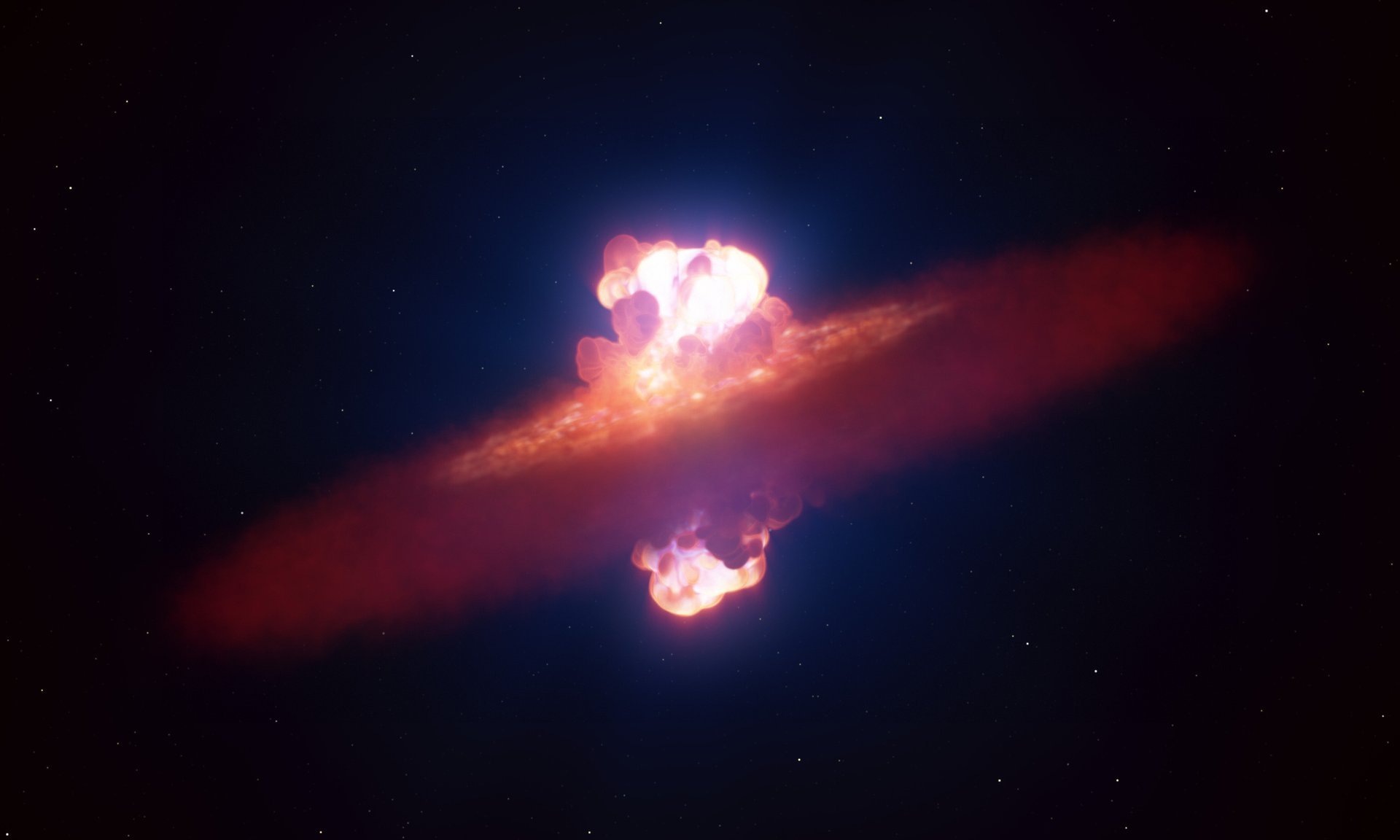Astronomers have made a groundbreaking discovery by capturing the initial shape of a star exploding in a supernova for the first time. Using the European Southern Observatory’s (ESO) Very Large Telescope (VLT), a team led by Yi Yang from Tsinghua University in Beijing observed the supernova designated SN 2024ggi, located in the galaxy NGC 3621, approximately 22 million light-years away in the constellation Hydra. Their findings were published in Science Advances.
The research team utilized a technique called “spectropolarimetry,” which combines spectroscopy and polarimetry to analyze the polarization of light emitted during the explosion. This method allows astronomers to gain insights into the geometry of the supernova that traditional techniques cannot provide. In this instance, the polarization measurements revealed that the initial blast had an olive shape that flattened as the explosion expanded, although the axis of symmetry remained consistent.
New Insights into Stellar Evolution
The supernova was first detected on the evening of April 10, 2024, with observations commencing the following day. Thanks to the rapid response from Yang and his colleagues, along with the sophisticated instruments of the VLT, the team was able to analyze the shape of the explosion shortly after it occurred. This timely observation has significant implications for understanding the mechanisms that drive massive-star supernovae, a crucial aspect of stellar evolution that has long been debated among scientists.
The progenitor star of SN 2024ggi was identified as a red supergiant, measuring approximately 500 times the radius of the Sun and estimated to be 12 to 15 times more massive. The unique insights gained from this event are helping astronomers to refine existing supernova models and eliminate those that do not align with the observed data.
Co-author and ESO astronomer Dietrich Baade expressed the significance of the discovery, stating: “The first VLT observations captured the phase during which matter accelerated by the explosion near the centre of the star shot through the star’s surface. For a few hours, the geometry of the star and its explosion could be, and were, observed together.”
Collaboration Fuels Scientific Progress
This achievement highlights the power of international collaboration in advancing scientific knowledge. The research involved contributions from multiple institutions, including the ESO, the Cynthia Woods Mitchell Institute for Fundamental Physics and Astronomy, and several other universities and research organizations.
As astronomers continue to analyze the data from SN 2024ggi, their findings are reshaping our understanding of how massive stars evolve and meet their end. The ability to observe the initial shape of a supernova offers unprecedented opportunities for unraveling the complexities of stellar explosions, ultimately enhancing our grasp of the universe’s life cycles.
With data from the VLT and the innovative use of spectropolarimetry, this study not only marks a significant milestone in astrophysics but also paves the way for future research into the life and death of stars.
